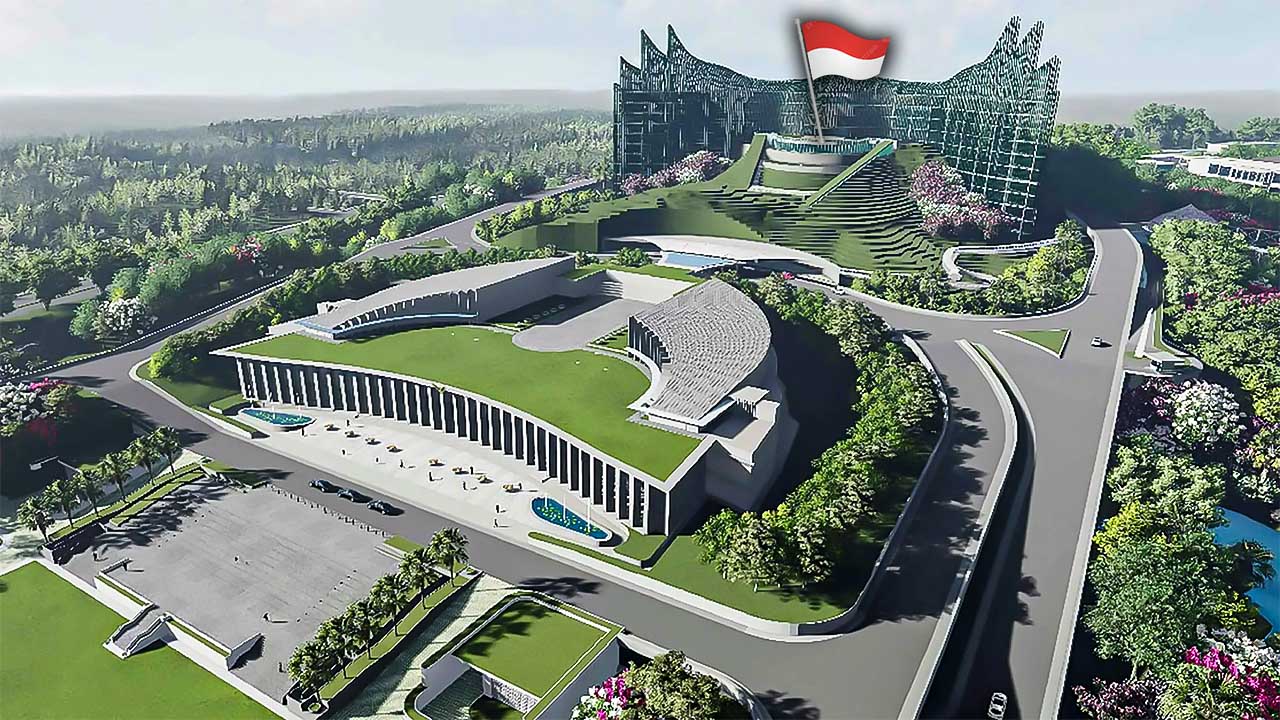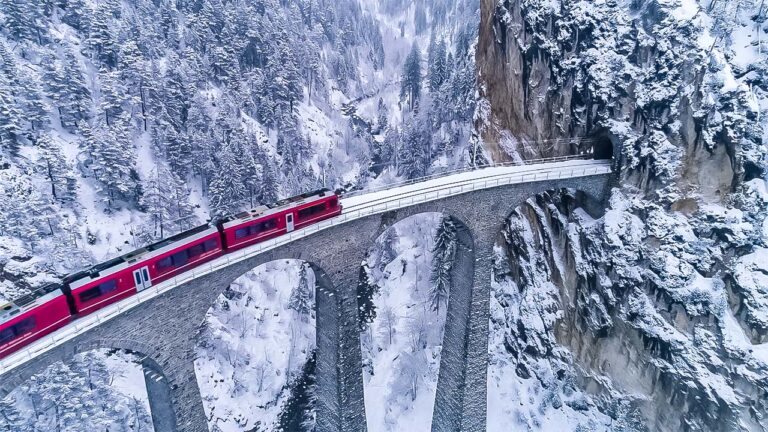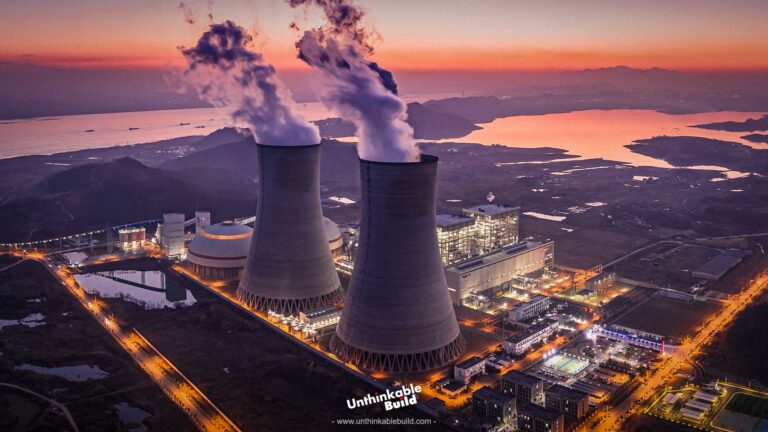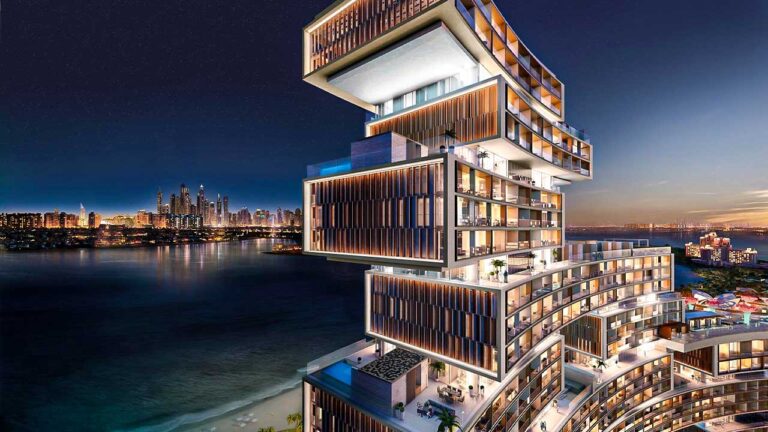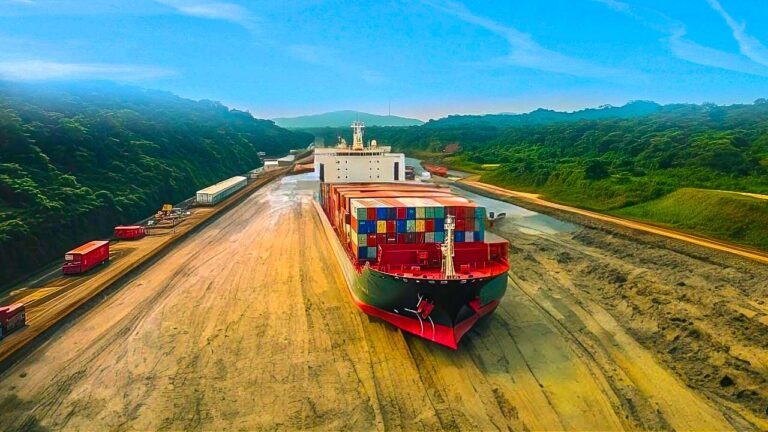Indonesia’s New Capital Nusantara: A City Rising in the Forest
Welcome to the archipelagic wonder of Southeast Asia, where amidst a tapestry of over 17,000 islands, lies a nation whose history is as diverse as its geography. Indonesia, a land shaped by the receding tide and flow of ancient cultures and the struggles of a people seeking independence.
The pages of Indonesia’s history are stained with the ink of colonialism – Portuguese, Spanish, British, and Dutch powers all left their mark. The Dutch East Indies, a colonial behemoth, controlled the destinies of millions until the dawn of a new era.
In the heart of the archipelago, a new chapter is being written in the story of Indonesia. Nusantara, the nation’s forthcoming capital, poised to emerge as a beacon of progress and sustainability. Join us as we embark on a journey to explore the genesis, aspirations, and the future of this ambitious project.
In the heart of national contemplation, a country stands at the crossroads of tradition and progress, grappling with the weight of its capital. The decision to shift a capital is more than mere geography. It is a narrative of resilience and foresight.
Over time, the original capital may become a relic, unable to accommodate the growing needs of a modern society. The shift isn’t a betrayal of heritage but an embrace of evolution. It’s a strategic leap towards equitable development, shaking off the shadows of centralization.
In 2019, President Joko Widodo unveiled an audacious plan for the construction of a new capital, Nusantara. The chosen site, situated on the east coast of Borneo in East Kalimantan, reveals a canvas of potential. An expansive 2,560 square kilometer canvas surrounded by hills, lush forests, and a natural bay, awaiting the brushstrokes of a sustainable future.
Nusantara is envisioned as more than just a capital city. It is destined to be a low-carbon super hub, not only for governance but a catalyst for sectors vital to the nation’s growth like pharmaceuticals, health, and technology. A city designed to transcend the shadows of Java Island and catalyze sustainable development.
This mega project undertaking comes with an estimated price tag of $35 billion, making it one of the most significant infrastructure projects in the world. 90% of this budget will be provided by the government, while the rest will be achieved through public-private partnerships and investments.
Also Read: Digging Deep: Inside Google’s Geothermal Power Initiative
The road to Nusantara’s completion is divided into five phases, with the inaugural phase of Government Central Area zone, already underway since August 2022. This initial phase will house key government offices, schools, hospitals and shopping malls laying the foundation for the city’s future.
The grand canvas of Nusantara is set to unfold gradually, with the final brushstroke expected to be applied in 2045. A symphony of green initiatives orchestrates the city’s transformation, with renewable energy playing a central role in this eco-revolution. The city will be powered entirely by renewable energy, with rooftops adorned with solar panels harness the tropical sun’s energy, powering homes and businesses with clean, abundant power. Wind turbines gracefully spin along the coastline, capturing the ocean’s breath to contribute to the city’s renewable energy grid.
Up to 75% of the city will be covered in green spaces whereas up to 10% will be used for food production.
This new and modern capital will also ensure easy access to transportation, including a bus rapid transit system, a metro line and a rail network to access nearby cities. Cycling tracks will also be constructed here for the convenience of citizens. In addition, a new airport will be built in the southern area of the capital.
It is estimated that Nusantara’s population will reach 1.9 million by 2045, and it will thus require providing 4.8 million jobs.
Yet, as with any great undertaking, challenges loom large on the horizon. Securing funding, mitigating environmental and social impacts, and garnering unwavering political and public support.
The master plan for the new capital envisions a modern city that integrates cutting-edge technology, green spaces, and efficient transportation. It is a city designed to be a model of sustainability, with a focus on renewable energy, waste management, and environmental conservation.
This relocation is an opportunity to design a city from scratch, taking into account the lessons learned from Jakarta’s challenges. It is about creating a city that is sustainable, resilient, and capable of accommodating future growth without compromising the environment.
On the positive side, relocating the capital addresses the longstanding issues faced by Jakarta, including overpopulation, traffic congestion, pollution, and the vulnerability to natural disasters. The move aims to distribute development more equitably across the vast archipelago, reducing the economic and cultural dominance of Java Island.
There are also concerns about Nusantara, including the eviction of more than 20,000 indigenous people, many of whom have vehemently opposed the project.
In addition, large-scale construction here will also result in environmental damage, such as deforestation, blockage of natural water channels and the mangrove ecosystem in Balikpapan Bay, which is home to many endangered species of animals and plants. Environmental experts also say that the indirect effects of all these problems will not only affect Nusantara, but up to a radius of 200 km.
Some critics have also described the transfer of the capital as an excuse to get rid of Jakarta and its problems. In response to this criticism, the Indonesian government in 2019 announced the allocation of $40 billion for the next decade to protect Jakarta from being washed away by the sea.
Since the transfer of the capital to Nusantara in 2019, work on the project has been progressing rapidly. These activities were definitely delayed due to the global outbreak of the Corona virus, but the construction projects were resumed from July 2022.
A special village has been established for workers working on this mega project and thousands of hectares of land have been cleared under the plan.
The construction of inaugural phase of Government Central Area zone is estimated to cost $3.4 billion, set to be completed by August 2024. After the completion of the first phase, the construction of the second phase will be completed between 2025 and 2035, which will establish the foundation buildings of the capital. In this phase, the construction of innovation and economic centers will be completed and the Indonesian government will be completely relocated.
In the third and final phase, which will last from 2035 to 2045, all infrastructure will be completed and the city will be fully transitioned to environmentally friendly renewable energy. In this phase, a modern rail system will also be completed to connect Nusantara to other cities.
Also Read: The $1.35 Billion Bridge that Connects Two Major Islands
There are other examples of shifting the capital from one city to another in the world. Nigeria took a step in this regard in 1991 by shifting its capital from Lagos to Abuja. The move aimed to untangle the congestion and ethnic tensions that wrapped around Lagos, threading a path towards a more central and neutral ground for governance.
Similarly, Myanmar orchestrated a change in its political rhythm in 2005, transitioning from Yangon to Naypyidaw. The motives were clear notes of security and stability, tuning out the coastal threats of natural disasters and foreign invasions, creating a harmonious melody of control for the military regime. Brazil, shifted its capital from Rio de Janeiro to Brasilia in 1960. A pivot designed to amplify the heartbeat of development, weaving the interior regions into the national tapestry, and showcasing a symphony of modern progressivism.
As the journey to build Indonesia’s new capital unfolds, it is a tale of ambition, challenges, and a commitment to a sustainable future. The new city, slated for completion by 2045, represents not only a new administrative center but a beacon of hope for a nation looking towards a future that balances progress with environmental stewardship.
Will Nusantara become the capital of Indonesia or not and what impact will this change have on Jakarta and Borneo? Will Nusantara, like Myanmar’s new capital, become a very sparsely populated capital?

